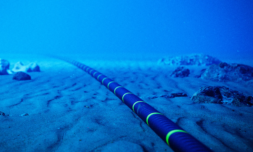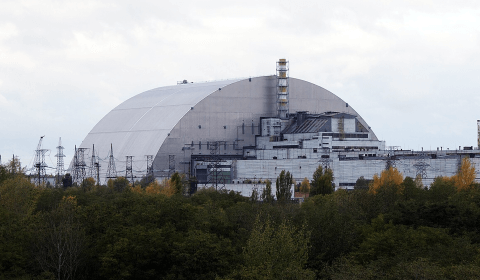Non-revenue water poses a major challenge for water utilities globally, especially as sustainability becomes a top priority. Siemens has developed AI-driven solutions, paving the way for green water management.
In recent decades, sustainability has become a key driver in the climate fight. Truth be told, economic growth relies on sustainable practices in various industries, including water management.
Consequently, non-revenue water (NRW), which is water that is produced but does not reach users, has become a pressing matter reflecting the inadequacies in water management systems. NRWs could occur due to physical failures in infrastructure or data handling errors such as meter inaccuracies.
The World Bank has estimated that nearly 32 billion cubic meters of water is lost globally with the financial cost projected to be over billions of dollars.
With the global demand for resources and environmental sustainability increasing, integrating Artificial Intelligence (AI) models into resource management becomes essential. By automating processes and improving operational efficiency, organizations can reduce labor costs and minimize waste.
To resolve the inefficiency of water systems amidst global water scarcity challenges, Siemens, the multinational technology conglomerate came up with three major solutions.
What are the solutions?
To combat the issue of efficiency in water systems, the company’s solutions are the SIWA Leak Finder, the SIWA Blockage Predictor, and the White Space Cooling Optimization (WSCO).
The SIWA Leak Finder is designed to minimize water losses from leaks in pipe systems. This system leverages data from smart flow meters to identify leaks as small as 0.2 liters per second. The system is easy to use, needing little technical expertise for installation and operation, making it accessible to water utility operators without specialized training.
The Blockage Predictor is an AI-powered tool that analyzes sewer water levels to detect blockages. It was made in collaboration with the University of Sheffield and Yorkshire Water and uses rainfall data to predict normal water depths and compares them to actual levels. If levels are unexpectedly high, it alerts users to a possible blockage with high accuracy, detecting up to 90% of blockages and cutting false alarms by 50%.
In data centers, achieving and maintaining the right temperatures is critical to prevent equipment malfunctions and outages. Inefficient cooling systems can keep equipment running and drive up energy costs.
As a result, the WSCO is a comprehensive thermal optimization solution that removes the need for manual temperature management in data centers. It employs AI-driven real-time learning and control to enhance cooling and regulate airflow throughout the facility.
Implications of the innovations
Siemens’ AI applications contribute to sustainability by reducing water loss and preventing pollution, which are critical in managing the world’s water resources effectively. For instance, VA SYD, a Swedish water company, has successfully reduced its water loss to below 8% by employing Siemens’ AI technologies.
The AI-driven analysis by the leak finder allows the water utilities to identify and address leaks quickly, potentially reducing water loss by up to 50%. Additionally, through the blockage detector, one can pinpoint problems within the sewer network, allowing for targeted maintenance and reducing the likelihood of costly repairs or emergency responses.
By preventing blockages that could lead to overflows, the detector contributes to better water quality in nearby watercourses, protecting ecosystems and public health.
As for the WSCO, it allowed for more than 2.6 metric tons of CO2 reduction and millions of dollars in annual savings from the reduced energy costs. The model was also able to gain a 10% reduction in power usage effectiveness (PUE), which is considered a significant improvement. Moreover, the simplicity of WSCO’s agnostic infrastructure design makes it responsive and scalable to meet future demands.
Siemens’ AI solutions offer cost-effective water management, often paying for themselves within a few years, encouraging widespread adoption. These technologies enable real-time water quality monitoring, allowing quick detection of abnormal usage levels and boosting public health and system reliability.
As AI evolves, it will enhance compliance with safety standards and public trust. By optimizing water use and reducing waste, Siemens’ innovations support climate change adaptation, helping utilities become more resilient and secure long-term water availability for communities.

















